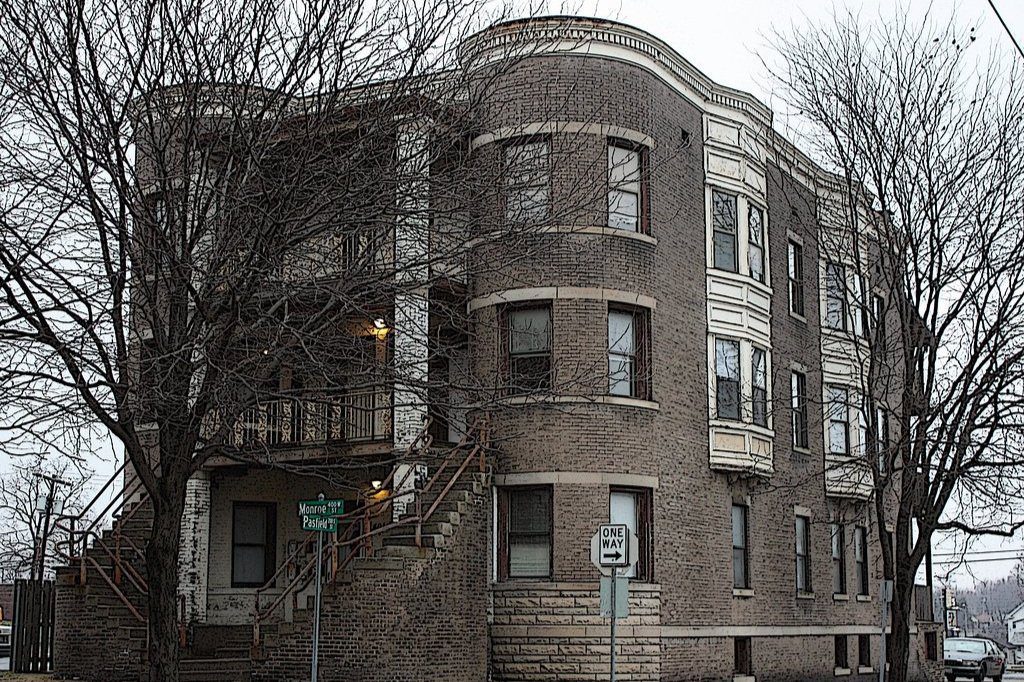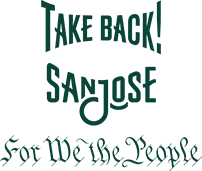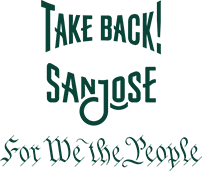
Image by Randy von Liski
Everybody knows that building new housing to solve local affordability crises is brutally expensive, and requires vast, ongoing, unsustainable subsidies. Former D10 Councilmember Johnny Khamis posits that taxpayer money would go a lot further—and our homeless and needy neighbors would get housing relief a lot faster—if the City simply purchased existing properties on the open market. An Opp Now exclusive.
We have been discussing the lack of housing and how hard it is to develop housing for working families for decades now. We have passed several new taxes and developer fees with the hopes that the government can build affordable housing and alleviate the demand. Most recently, San Jose City leaders discussed supporting a new “regional tax measure” to raise more money for affordable housing as part of their housing plan.
But one idea that keeps getting pushed aside is to use our precious tax dollars to buy excess housing inventory from the private sector, especially when prices are low. Buying empty apartments or condos is often cheaper, years faster, and can spur more development from builders.
In 2016, Measure A, Santa Clara County’s parcel tax, promised to build over 5,000 units; but according to the County’s latest report from December 5, only 550 have been built so far. Measure E, San Jose’s 2020 transfer tax (although it is a general tax and can be spent on anything the City needs), is providing more than $70 million annually to the Housing Department, which also receives money from Inclusionary Housing fees that range from $29.07 per square foot on for-sale housing to $49.99 for new rental units.
Sadly, San Jose and Santa Clara County are falling far short of their housing production goals for market-rate and affordable (subsidized) housing because building has become very expensive and time-consuming. According to the Mercury News, the cost of building a single unit of affordable housing in San Jose over the past year exploded by 24 percent, from $757,900 to $938,700. At Tuesday’s San Jose City Council meeting, Councilmembers Doan and Batra expressed deep concern over the projected $1.2–1.4 million dollar per unit cost. It also takes 5–7 years from building permit to the certificate of occupancy.
With the huge shortage of housing, it surprised me to see one of San Jose’s only high-rise Condo projects talking about bankruptcy because they can’t sell 558 units. Each one of these are for sale at an average of 500K each—nearly half the cost of the new construction that the City and County are investing so heavily in. This Condo project is not the only new building that is nearly empty; there are many new apartment complexes and condos that are empty. So why not use this opportunity to buy when the prices are low, reduce the wait for working families to find affordable homes, and save taxpayer dollars?
The City and County can use the money they allocated to projects that are not currently being built, and get immediate relief for the tens of thousands of people waiting for Section 8 housing. Besides the obvious benefits of immediately housing hundreds of working families in units they can afford, and saving hundreds of millions of tax dollars, buying these units will reduce the inventory of empty housing units (which cost developers big money every month they are not sold or rented), and spur new life into development projects that have been on hold until the developer’s reduce their liabilities.
Government agencies have tried a lot of different ideas to create more low-income housing inventory—from rent control to impact fees to regulating sales of property such as with the Community Opportunity to Purchase Program (COPA)—with deeply disappointing results. Why not try a tried-and-true approach to housing families that are struggling to stay in their homes by using the old economic axiom of buying when the prices are low?
RELATED:
- Could Silicon Valley’s unused offices be repurposed for homeless citizens?
- Data says: Housing First flounders on actually abating homelessness in CA/Utah
- Progressive/nonprofit model of treating homelessness and addiction is “mistreatment of the foulest sort” say critics
Follow Opportunity Now on Twitter @svopportunity

